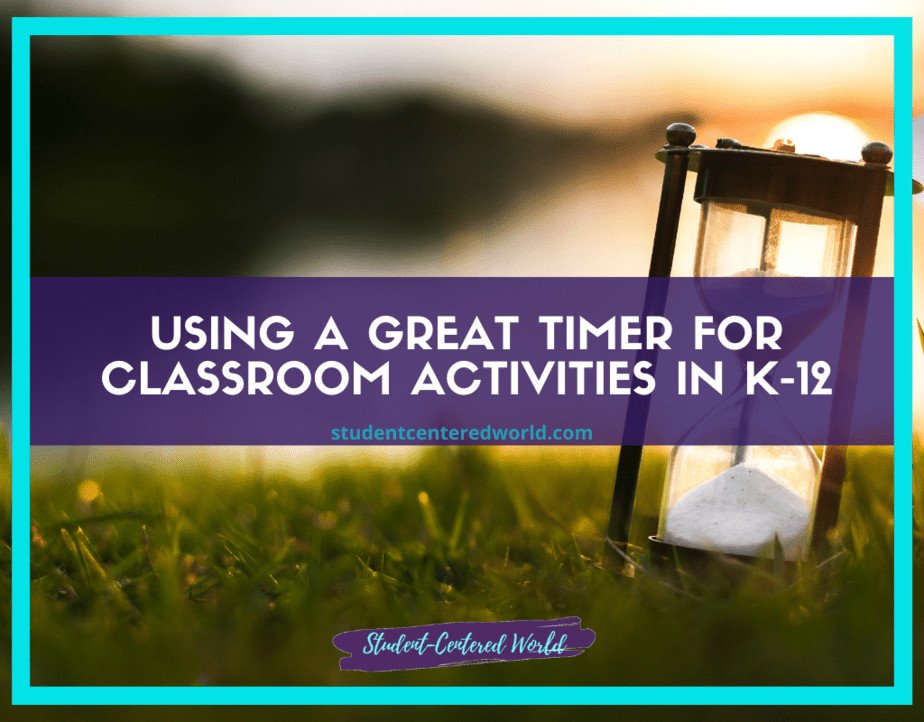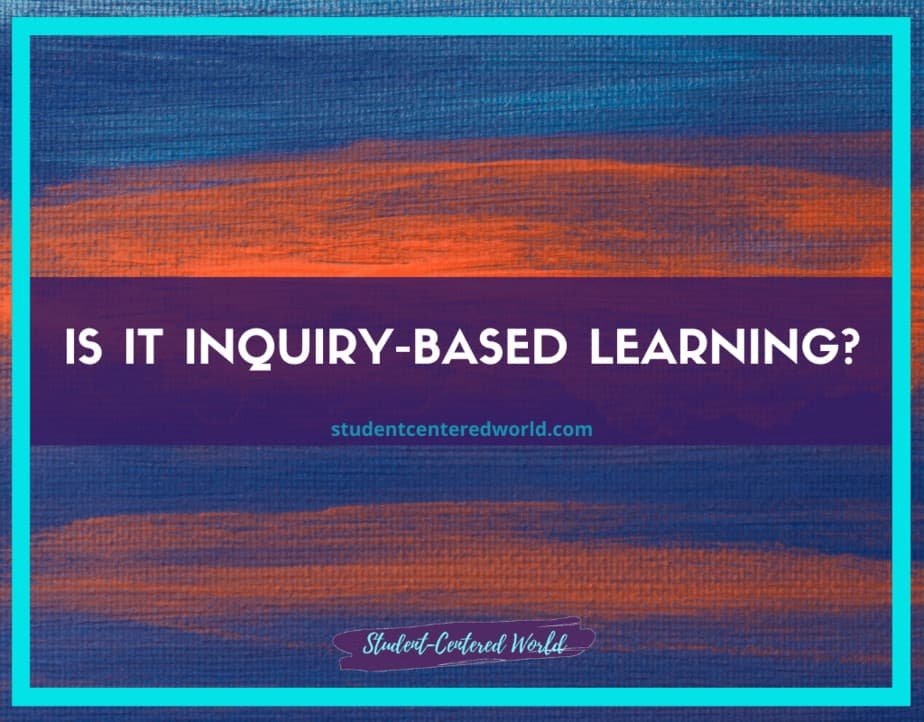Finding a Solid Student Engagement Measurement Tool for K-12
When searching for a good student engagement measurement tool, there are a few key pieces to keep in mind. While often student engagement can be measured visually and with mental checklists, having a meaningful student engagement measurement tool will help you not only stay organized but will also help you analyze data to see what’s working and what isn’t in your classroom.
What is Student Engagement?
Student engagement is when students are focused and motivated to participate in their learning experience. Students who are engaged in their learning process typically show signs of motivation, curiosity, enthusiasm, motivation, and persistence. student engagement is important for your classroom because it helps to enhance the overall learning experience where students can develop skills in communication, collaboration, creativity, critical thinking, and problem-solving.

How to Measure Student Engagement?
1. The first step is to create a student engagement measurement plan for you or your class. A key component in this process is to determine what the best way(s) are for you to measure student engagement in your classroom, often by using a good student engagement measurement tool.
2. The next step in measuring engagement is to put a plan in place that will help you capture information on how students are behaving, their attitudes and perceptions, movement throughout your room, and if they need personalized attention from you.
3. The last step in the process is to investigate patterns or trends with this data so you can create more effective and engaging lessons. This is where the data from your student engagement measurement tool can come into play by giving you more information on how students are responding to different activities or your daily lesson plan.
When looking for a good student engagement measurement tool, here are some key points to keep in mind:
1) Student Engagement Tools should be easy to use, helpful, and not distracting. It is essential that you can do what you need with ease and without creating more work for yourself.
2) You should feel like your tool does not hinder or inhibit student engagement, but instead enhances it. Sometimes the tools (like clickers) will actually distract students from their learning environment which defeats the purpose of having a good student engagement measurement tool.
3) There are multiple ways to measure student engagement and reasons for doing so, such as:
- Students are more engaged when they are more active, so it’s important to measure their activity level. For example, if your students are away from their seats more, you may want to change activities or even the subject matter for that day.
- Another way to measure student engagement is by looking at how much time students are spending with their heads down versus time spent on task. Employing a student engagement measurement tool can show you where students are struggling or what they need more help with so your instruction can be more effective.
- Keeping track of different types of data can be overwhelming and confusing, so keep it simple! There is no need to have a data alert for everything when you can more effectively analyze data by focusing on a few key areas of student engagement.

Good Student Engagement Measurement Tools:
1) Promethean
This is an example of one of the most popular student engagement tools that can be easily integrated into your daily lessons. It uses infrared beams to capture whether or not a student is paying attention or if they are awake and ready to learn, and if they are responding positively to the lesson being taught.
Promethean monitors over 50 different types of student behaviors, from the students who are off-task to those that are on task. This data can then be used by teachers and students to figure out how they may need more guidance or what topics they understand well enough to move on without additional instruction. This tool is a great resource for individualizing instruction because it allows teachers and students to pay more attention to what each individual student needs.
2) Classdojo
This is a very helpful tool for creating effective behavior management plans for your classroom. It has a grading system that can be customized by the teacher, as well as by the students themselves, which allows them some form of control over their grades that they are not always afforded in traditional grading systems.
The grading system is based on percentage points, so it can be adjusted to fit the needs of individual students. There is also a section for positive reinforcement or negative behavior that allows you to communicate with your entire class about how they have done either good or bad for each day. This keeps the class focused on learning by allowing them to hand in work for points, which can then be turned into grades later.
3) Mentimeter
This online assessment tool allows you to see how students responded during a lesson to determine their level of engagement. It has a “heat map” feature that allows you to see where students were paying attention the most, as well as where they struggled, so it’s easier to determine what topics need more coverage or if there are any activities that are too difficult or easy.
With Mentimeter you can also set up an online quiz for your students to take, which will provide results to you faster than standard paper-and-pencil tests. This tool is great for teachers who are trying to find out if their students are mastering key concepts or struggling with certain problems.
This is a great tool for organizing your daily lesson plans and keeping track of student engagement all in one place. It is an online lesson plan management system that allows you to create assignments, upload documents, share videos, and converse with your students through comments on your posts.
Google Classroom has a section that allows you to upload files that are meant for each student to be able to access at home or on their own time. You can also upload documents that need feedback from the entire class using Google Classroom’s commenting system, the same system that is used for sharing thoughts and questions on blog posts and other kinds of documents.
When using a student engagement measurement tool, it is important to have more than one type of data being monitored in your classroom. This way you are able to gain different insights into what’s going on in the room and whether or not your students are truly paying attention during lessons. By having more than one type of data, you may be able to see patterns in the results that would otherwise go unnoticed.
These resources can help you be a more effective teacher and allow for student learning to become less reliant on textbooks and worksheets by making the classroom a place where everyone learns together.

Implementing Your Student Engagement Measurement Tool
Once you find something you think will work for your students, the next step is getting them on board with its usage. Students can be resistant to change even in the best of situations, so it’s important to explain why you are implementing this strategy.
Of course, being able to show students how they will benefit from using your student engagement tool is ideal. For example, Google Classroom allows students to have easier access to materials that are up for grade or feedback.
You could also show students how they can make their learning more visual with ResponseWare’s heat map feature, that way you won’t have to take the time grading every assignment. Encouraging your students to be more involved in their own learning process can go a long way towards student success.
If you are trying to get your students more engaged with their learning, you might also try getting them involved in the process itself. For example, if your student engagement measurement tool allows for interactivity or group work, make sure to utilize these features as much as possible to keep students busy and focused on lessons.
Learn More About Student Engagement Measurement Tools
It’s important for all teachers to know about student engagement tools and how they can be used in the classroom.
You may think that you find a student engagement measurement tool that will be phenomenal for your students, but it flops when you try it out in the classroom. That’s okay! If it doesn’t work, try something else.
There are so many great tools out there and you may just need to find one that works better with your student population. Try out different apps and programs until something clicks with your students and their learning process. Soon enough they’ll be engaged in the classroom like never before!
There is nothing wrong with trial and error, but don’t give up. If something doesn’t quite work, Google is your friend. You can find something specific to what you are looking for in a few short keystrokes.
Stop Driving the Teacher Struggle Bus
Are you struggling with student engagement, apathy, or keeping your class on track?
💫💫 There’s hope! 💫💫
Join my free teacher workshop “Choosing Choice” and in just 60 minutes, you’ll craft a practical plan to revitalize your teaching. Discover the magic of student choice in boosting engagement, gain quick implementation ideas, and explore strategies for year-long success.
Unlike overwhelming workshops, my approach guides you in real-time, providing more classroom options, reducing stress, and giving you more personal time.
Plus, you’ll earn a 1-hour professional development certificate and have 7 days of access.
Don’t miss this chance to transform your teaching; click below to secure your spot now!






